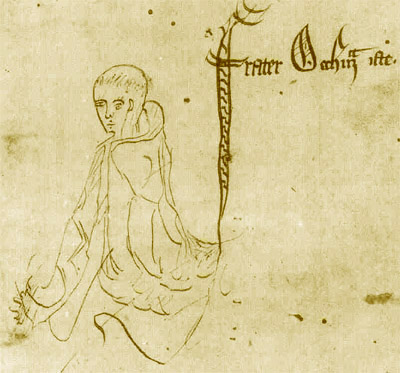
The following article complements my previous one concerning the COVID-19 pandemic and chloroquine. I suggest you read it first, as it will give you an idea of what the scientific literature says about the action of chloroquine on COVID-19 as of April 7th, 2020. However, this article did neither address the question of ethics, nor fully address whether the situation could justify not to follow the usual methodology.
Indeed, this objection is regularly raised: “even though it has not been established that hydroxychloroquine can actually be used as a treatment for COVID-19, ultimately the dosage is well known and there is probably not a great risk in administering it to patients.” Moreover, there is a view which seems to have some popularity, stating that, considering the circumstances, clinicians should not take too much care to comply with methodology, as the emergency dictates to be less rigorous with procedures. These two issues are related. To address them, one must both look at the collective experience and assess what is not known.
A PDF version of this article is available. An audio version (with quite a robotic voice) is also available.
A worrying suspicion
On March 25th, 2020, a study presenting the case of 416 patients with COVID-19 was published1Shaobo Shi, Mu Qin, Bo Shen, Yuli Cain, Tao Liu, Fan Yang, Wei Gong, Xu Liu, Jinjun Liang, Qinyan Zhao, He Huang, Bo Yang, and Congxin Huang, 2020. ‘Association of cardiac injury with mortality in hospitalized patients with COVID-19 in Wuhan, China’, JAMA Cardiology. Doi: 10.1001/jamacardio.2020.0950. Among these patients, 19.7 % had cardiac problems. It is not surprising that patients in respiratory distress, one of the complications of COVID-19, have heart problems. However, the study reports a suspicion that these cardiac problems are not a consequence of this respiratory distress, but directly due to the action of the virus. Another compilation of COVID-19 case analysis also supports this suspicion2Elissa Driggin, Mahesh V. Madhavan, Behnood Bikdeli, Taylor Chuich, Justin Laracy, Giuseppe Bondi-Zoccai, Tyler S. Brown, Caroline Der Nigoghossian, David A. Zidar, Jennifer Haythe, Daniel Brodie, Joshua A. Beckman, Ajay J. Kirtane, Gregg W. Stone, Harlan M. Krumholz and Sahil A. Parikh, 2020. ‘Cardiovascular considerations for patients, health care workers, and health systems during the coronavirus disease 2019 (COVID-19) pandemic’, Journal of th American College of Cardiology. Doi: 10.1016/j.jacc.2020.03.031.
Continue reading Chloroquine and ethicsNotes
| ↑1 | Shaobo Shi, Mu Qin, Bo Shen, Yuli Cain, Tao Liu, Fan Yang, Wei Gong, Xu Liu, Jinjun Liang, Qinyan Zhao, He Huang, Bo Yang, and Congxin Huang, 2020. ‘Association of cardiac injury with mortality in hospitalized patients with COVID-19 in Wuhan, China’, JAMA Cardiology. Doi: 10.1001/jamacardio.2020.0950 |
|---|---|
| ↑2 | Elissa Driggin, Mahesh V. Madhavan, Behnood Bikdeli, Taylor Chuich, Justin Laracy, Giuseppe Bondi-Zoccai, Tyler S. Brown, Caroline Der Nigoghossian, David A. Zidar, Jennifer Haythe, Daniel Brodie, Joshua A. Beckman, Ajay J. Kirtane, Gregg W. Stone, Harlan M. Krumholz and Sahil A. Parikh, 2020. ‘Cardiovascular considerations for patients, health care workers, and health systems during the coronavirus disease 2019 (COVID-19) pandemic’, Journal of th American College of Cardiology. Doi: 10.1016/j.jacc.2020.03.031 |




